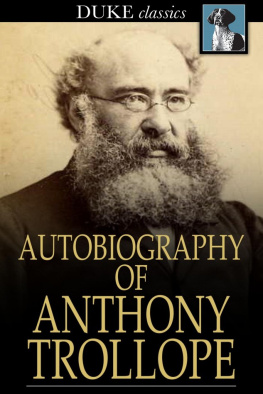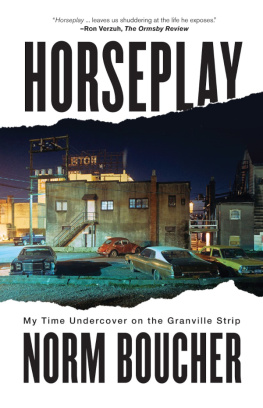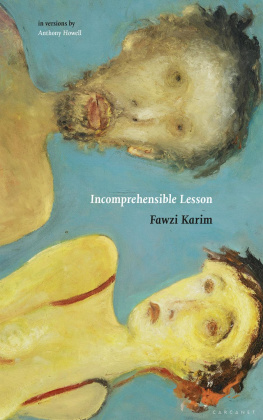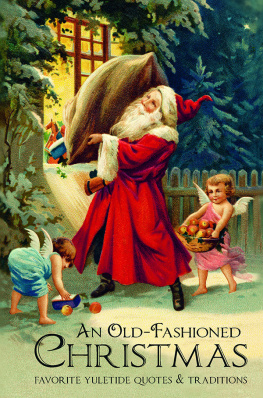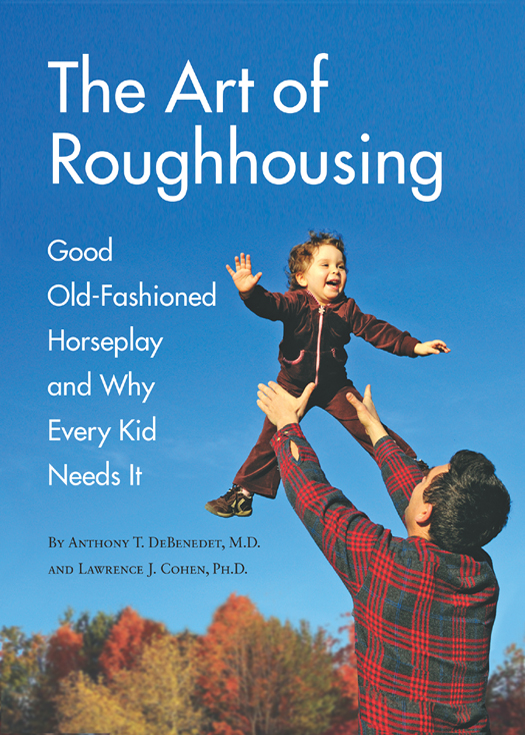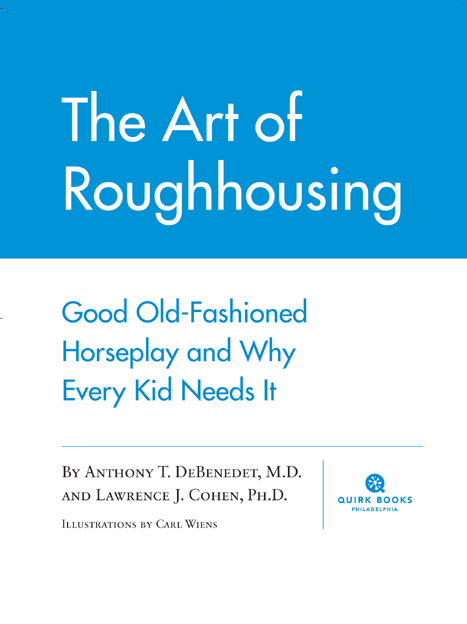All names mentioned in the case studies are pseudonyms.
Copyright 2010 by Anthony T. DeBenedet, M.D., and Lawrence J. Cohen, Ph.D.
All rights reserved. No part of this book may be reproduced in any form without written permission from the publisher.
Library of Congress Cataloging in Publication Number: 2010941012
eISBN: 978-1-59474-514-0
Illustrations by Carl Wiens
Production management by John J. McGurk
Quirk Books
215 Church Street
Philadelphia, PA 19106
quirkbooks.com
v3.1_r1
To my wife, Annaa champion of play
and the heart of our family
To our children, Ava, Mia, and Lola,
who constantly bring immeasurable joy
into our lives
And to my parents, Karen and Nelson,
who have supported me every step of
the way
Anthony
To my wife, Liz, and our childrenmy
wrestling coachesEmma and Jake
To my parents, Ruth and Alvin. They may
not have roughhoused, but they never
stopped expressing love, affection, and
encouragement in every other way
Larry

Table of Contents

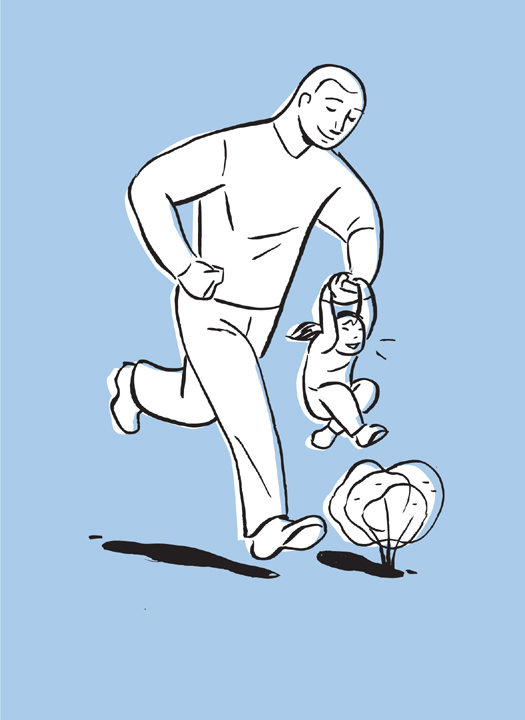
A Note of Caution
Roughhousing is great fun. Its also a little dangerous. In fact, roughhousing is great fun because its a little dangerous.
And if you roughhouse with your children oftenas we doyou should expect that someone will eventually get hurt.
Heres the thing: We believe that occasional bruises and scrapes are a normal part of childhood. Its how we learned to pick ourselves up, dust ourselves off, and stay in the game. Its how we grew our confidence and discovered the laws of physics.
Were counting on youthe responsible adultto monitor your child and keep these bruises and scrapes to a minimum. We want you to have fun. We want you to get rowdy. But we need you to use common sense. If your child seems too young to ride a mattress down a staircase ().
The publisher and authors do not claim that the information contained herein is complete or accurate for your specific situation. The publisher and authors do not endorse or encourage any irresponsible behavior, and specifically disclaim responsibility for any liability, loss, damage, or injury allegedly arising from any suggestion, information, or instruction in this book. We urge you to obey the law and the dictates of common sense at all times.
End of cautionary note. Now get ready to rumble!
Anthonys Preface
Growing up, my dad and I always interacted in a physical way. Although a regular old hug was rare, the exchange of arm punches, high fives, and bear hugs was commonplace. I think this type of affection was most natural for my dad. To this day, we still occasionally greet each other with a friendly slug or two.
Fast forward to 2007: Now Im the dad. My friend David Fuelling and his family came to visit my family for the weekend. At some point, he and I were roughhousing with our kids on a rug in my house. As we rolled (and ran and flew and jumped) around, I wondered if anyone had compiled a book of rough-and-tumble activities for parents to enjoy with their children. The next day, I searched for the book online and found nothing. Soon I was delving into scientific research on play, which confirmed what I already intuitively knew: Roughhousing offers kids tons of physical and psychological benefits.
As I learned more and more about the science of roughhousing, I realized I needed to recruit an expert to help me write the definitive book on the subject. In my research I had stumbled upon Playful Parenting, written by Lawrence J. Cohen, Ph.D., a Boston-based psychologist who specializes in play therapy. Larrys book had a chapter on roughhousing that I particularly liked, so I set up a phone conversation and he quickly agreed to jump on board as coauthor.
If youre looking for something to turn your parenting world upside down (literally), then this is your book. As my mom always says, there are no do-overs in parenting. So lets play!
Larrys Preface
Unlike Anthony, I am a recent convert to roughhousing. My dad was not a wrestler, and neither were my three sisters. For me, as a kid, wrestling meant getting the crud beaten out of me by bigger, stronger, and meaner boys. So I avoided it when my daughter Emma was little. But parental love is a powerful force. I cant imagine anything besides my love for my daughter that would have compelled me to roughhouse with her. When I saw how much fun Emma had when she wrestled with other people, I forced myself to dive in.
Soon I was a zealous believer in rough-and-tumble play, and I started spreading the word. And then nothing stays settled and easy when youre a parent, does it? Around the time Emma became a teenager and we cut back on our wild roughhousing play (but never cut it out entirely), I suddenly had a whole new wrestling challenge. Along came my 10-year-old step-son, Jake, and I had to learn a new set of rules, which basically revolved around me not getting hurt. Jake wanted to go all-out, and we bonded over our screams (some real and some fake) that drove his mother out of the room in a panic.
So if you have any hesitations about roughhousing, I give you a special welcome to this book. If you dont, I invite you to read on and take it up a notch!
CHAPTER 1
Our Bold Claim for Roughhousing
It is difficult to capture real-life play in words. But the overall impression given by practically all mammals is a flurry of dynamic, carefree rambunctiousness.
Jaak Panksepp, Ph.D., in Affective Neuroscience
You know roughhousing when you see it: wrestling, pillow fights, jumping off beds, sliding down stairs. In this book, we give you a lot of roughhousing activities, but first wed like to explore the philosophy behind all the horseplay. What is roughhousing all about, and what does it mean for you and your children?
Roughhousing is play that flows with spontaneity, improvisation, and joy. It is free from worries about how we look or how much time is passing. It is physical, and it promotes physical fitness, release of tension, and well-being. Roughhousing is interactive, so it builds close connections between children and parents, especially as we get down on the floor and join them in their world of exuberance and imagination. Most important, roughhousing is rowdy, but not dangerous. With safety in mind, roughhousing releases the creative life force within each person, pushing us out of our inhibitions and inflexibilities.
Rowdy, physical, interactive play is by far the most common type of play in the animal kingdom. It occurs in every species of mammal and in many nonmammalian species as well. Weve all seen videos of lion cubs wrestling, but youd be amazed by the vast number of species that enjoy rowdy playelephants, whales, even .


